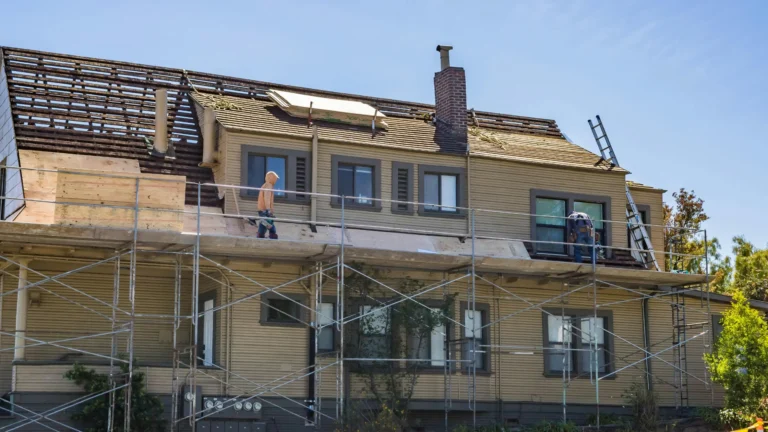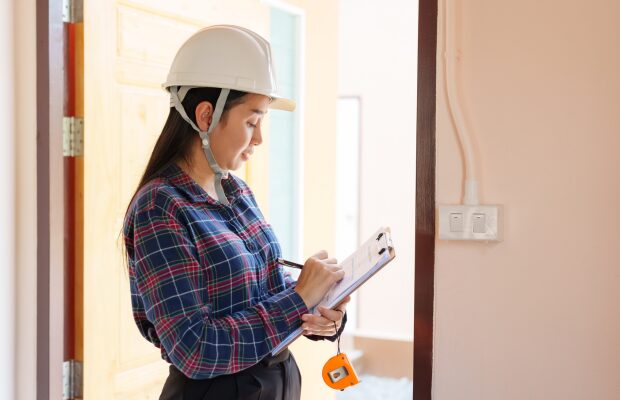The fresh cut to stamp duty could mean as many as 200,000 more buyers are exempt from the tax, according to Chancellor Kwasi Kwarteng.
The new cut to stamp duty was announced today during Mr Kwarteng’s ‘mini-Budget’, which also confirmed additional cuts to income tax.
Under the new rules, which come into effect from 23 September 2022, the rate at which stamp duty becomes payable has risen from £125,000 to £250,000.
That means buyers will now pay no stamp duty at all on the first £250,000 of a property’s purchase price.
The nil rate band for first-time buyers has also been increased from £300,000 to £425,000 on properties with a maximum purchase price of £625,000.
The Chancellor said: “Homeownership is the most common route for people to own an asset giving them a stake in the success of our economy and society, so to support growth, increase confidence and help families aspiring to own their own home I can announce that we are cutting stamp duty.
“The steps we’ve taken today mean that 200,000 people will be taken out of paying stamp duty all together. This is a permanent cut to stamp duty effective from today.”
What are the stamp duty rates now?
From today, if you’re an existing or previous homeowner, you’ll pay the following rates of stamp duty:
| Portion of purchase price | Stamp duty rate |
| £0 – £250,000 | 0% |
| £250,001 – £925,000 | 5% |
| £925,001 – £1.5m | 10% |
| £1.5m + | 12% |
If you’re a first-time buyer purchasing a home, you’ll pay the following rates as long as the property you’re buying costs less than £625,000:
| Portion of purchase price | Stamp duty rate |
| £0 – £425,000 | 0% |
| £425,001 – £625,000 | 5% |
If you’re a first-time buyer purchasing a property for more than £625,000, you’ll pay the same rates of stamp duty as existing or previous homeowners.
If you’re buying a second home, or you’re a landlord buying an investment property, an additional 3% surcharge will remain payable on the new stamp duty bands:
| Portion of purchase price | Stamp duty rate |
| £0 – £250,000 | 3% |
| £250,001 – £925,000 | 8% |
| £925,001 – £1.5m | 13% |
| £1.5m + | 15% |
How much stamp duty will I pay?
The examples below illustrate how much you will typically pay.
Example #1
Stephanie is selling her current property and buying a new home worth £500,000.
She’s not a first-time buyer, nor does she own an additional property.
Stephanie’s stamp duty bill works out as follows:
| Purchase price | Current stamp duty bill | New stamp duty bill |
| £500,000 | £15,000 | £12,500 |
Stephanie’s saving is: £2,500
Example #2
Kate is an existing homeowner but is buying a property for £200,000 to rent out as a
buy-to-let. Kate is not a first-time buyer but will now own two properties, meaning she’ll pay the additional home rate of stamp duty as follows:
| Purchase price | Current stamp duty bill | New stamp duty bill |
| £200,000 | £7,500 | £6,000 |
Kate’s saving is: £1,500
Example #3
Andy and Jessica are both first-time buyers purchasing a house together for £500,000.
Because they’re buying for the first time, they qualify for additional stamp duty relief up to £425,000, meaning their bill works out at:
| Purchase price | Current stamp duty bill | New stamp duty bill |
| £500,000 | £10,000 | £3,750 |
Andy and Jessica’s saving is: £6,250








